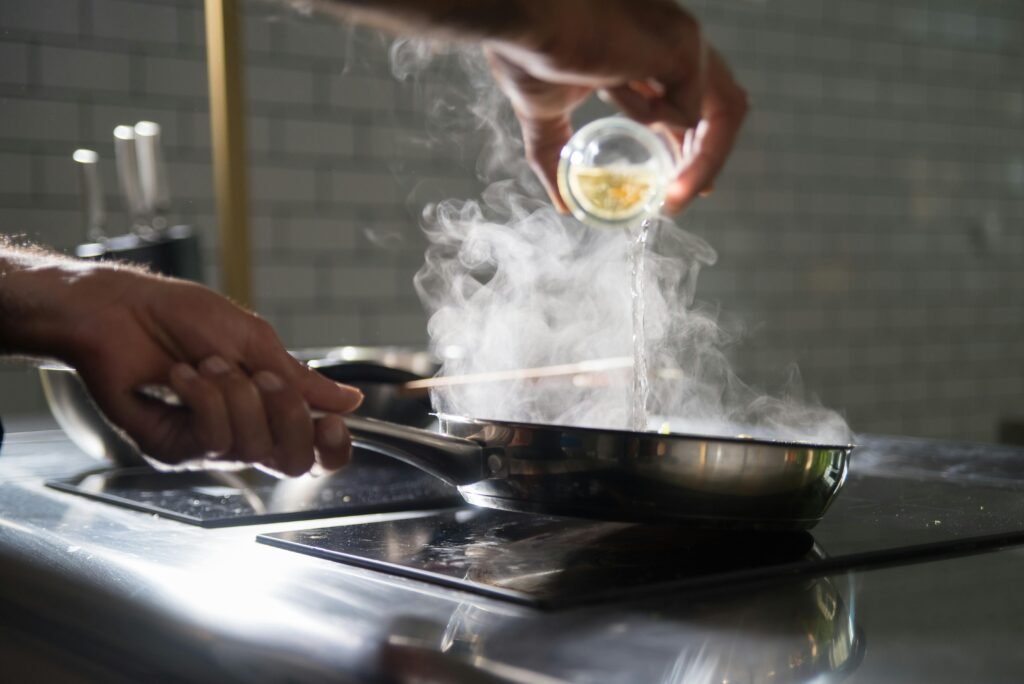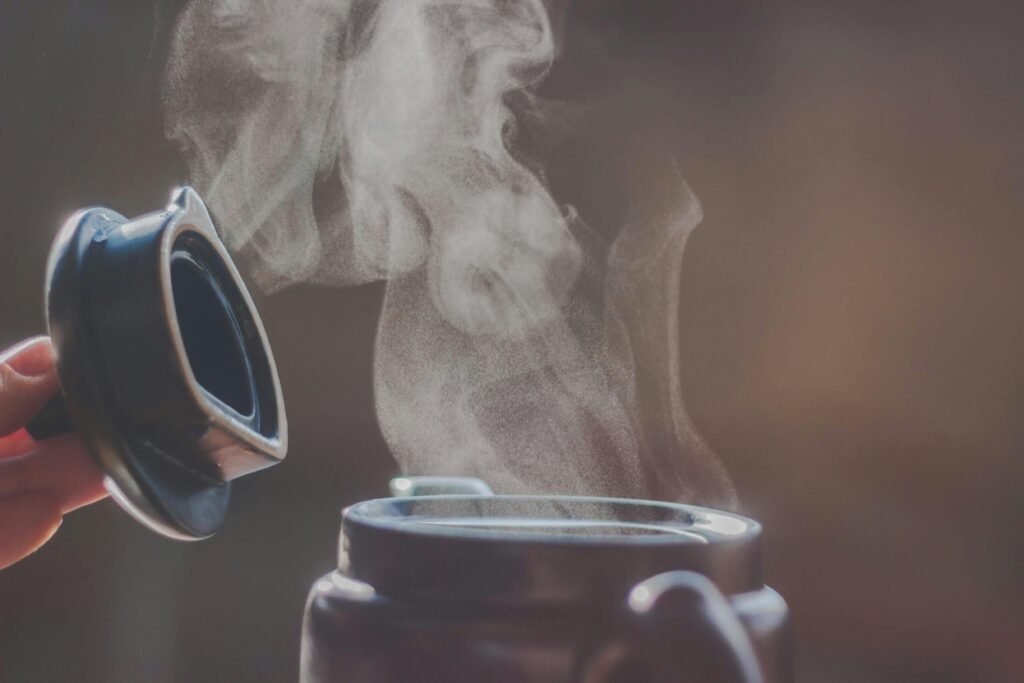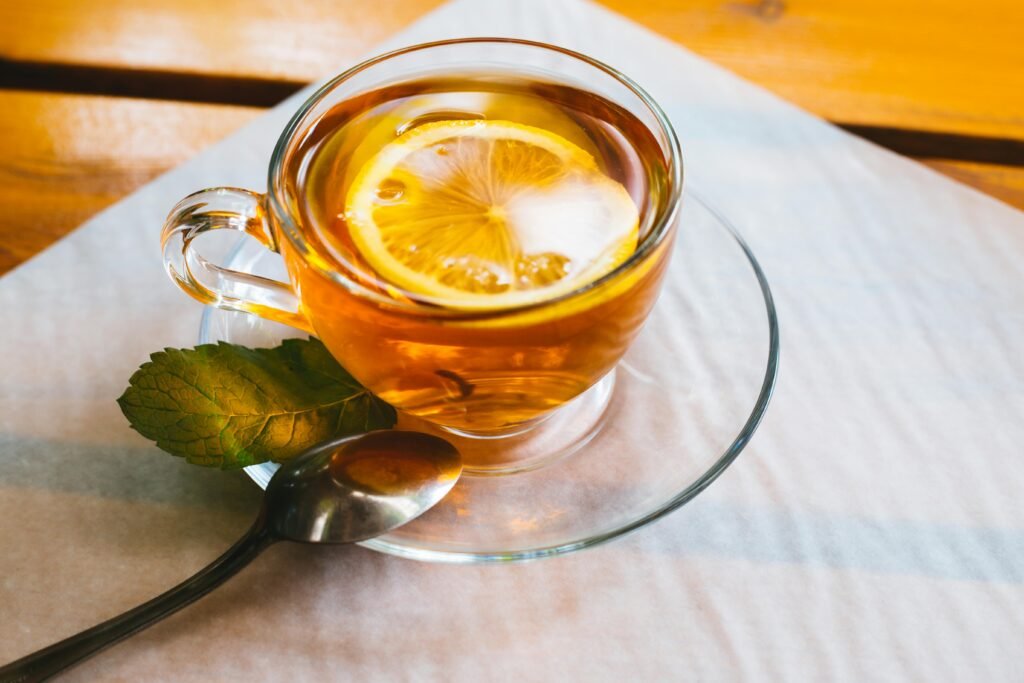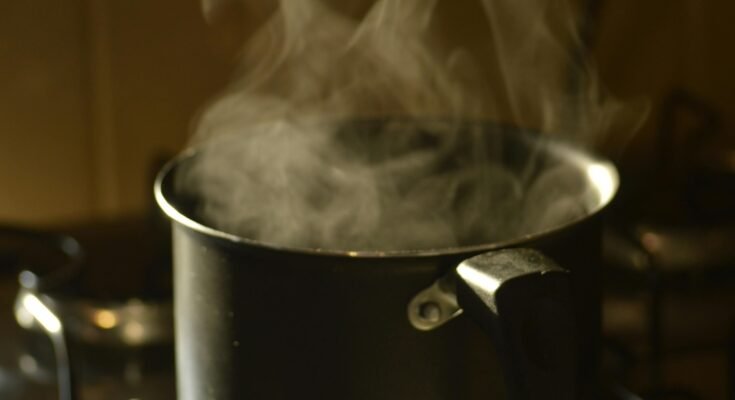Steaming vs Boiling Choosing your cooking technique may change the flavor, texture, and nutritional value of your food. Steaming and boiling are arguably the best-known methods of cooking, and for many, the two are interchangeable. However, in practice, they are quite different in how they treat food and what is performed on food. While in this article we take a close look at both methods and their suites of advantages and disadvantages, we’ll guide you on which one to choose.

What is boiling?
Steaming vs Boiling takes place when food is cooked in boiling water. At sea level, the boiling point of water is relatively stable at about 212°F, or 100°C. Most foods prepared by boiling include potatoes, pasta, rice, and eggs. Because water boils at a very high temperature, cooking food takes less time.
- Pros of boiling:
- Speedy cooking: Cooking in boiling water makes for relatively fast cooking.
- Good for tougher foods: Boiling breaks down tough vegetables and grains rather efficiently.
- Versatility: You can boil all sorts of foods, including, but not limited to vegetables, meat, and grains, all in one pot.
- Cons of boiling:
- Loss of nutrients: One of the most talked-about downsides to boiling is that several vitamins and minerals, especially considering the water-soluble nature of vitamin C and B vitamins, can ooze into the water during the cooking process. This means the loss of a great nutritional value in one’s meal.
- Flavor dilution: Because food is put into water, it will lose part of its natural flavor, a factor made worse when no seasoning is added, or the cooking water is tossed after cooking.

What Is Steaming?
Steaming vs Boiling Steaming is a technique of cooking where food is exposed to water vapor. In its most commonly described form, food is either placed in a steam basket or positioned in a rack over boiling water and is cooked by steam. Steaming occurs at temperatures lower than boiling, generally between 160-200°F (71-93°C), and is often used on vegetables, fish, dumplings, and certain desserts.
- Benefits of Steaming:
- Retains Nutrients: Because foods are not immersed in water, they retain higher levels of vitamins and minerals. Steaming works especially well for delicate vegetables such as broccoli, spinach, and carrots, as it helps preserve their nutrients.
- Delicious Flavor and Texture: Cooking gets the chance to maintain their original flavours and textures, making steaming perfect for vegetables and fish that could become mushy and unappealing when boiled.
- Very Low in Fat: Steaming is healthy cooking since it does not require much oil or butter.
- Disadvantages of Steaming:
- Longer Cooking Time: Steaming is a very gentle cooking method, taking longer than boiling, especially for denser foods.
- Needs Special Equipment: You are going to need a steaming basket, a pot with a lid, or a steamer to steam food, which will not generally be found in every kitchen.

Steaming vs Boiling: Which One to Go For?
Steaming vs Boiling Having understood these two methods in broad lines, let’s look at when to use each method:
- Nutrient Retention: If preserving vitamins and minerals is paramount, become a steamer. It does this gently, so foods retain higher levels of their vitamins and minerals.
- Speed and Convenience: If time is short, boiling is usually the better-get-going approach. It is quick and easy, particularly for items such as pasta and potatoes that require more liquid for cooking.
- Taste and Texture: Steaming generally helps keep food’s true flavor and texture better than boiling. Steaming works best on vegetables and more delicate proteins such as fish, where you don’t want to lose their true taste and texture.
- Versatility: In terms of versatility, boiling, possibly enjoys natural legislation over steaming, in that its applicability extends to wider varieties of ingredients. If you need multiple types of food cooked all at once, like pasta, eggs, and grains, the boiling method will work out better.
Conclusion
Steaming vs Boiling While steaming and boiling are both great cooking methods, each method has its advantages based on the ingredient being cooked. For cooking starchy foods or grains quickly and efficiently, boiling is more advisable. Whereas, for steaming, cooking is excellent for preserving and retaining the nutrients alongside the very delicate flavors of your food.
Ultimately, it comes down to what you’re cooking, the time you have available, and your health goals. Take some time to experiment with both methods to see which ones work better for you and your dinners—and enjoy the tasty results!
Have you tried both methods? Which one do you prefer? Let us know in the comments!




